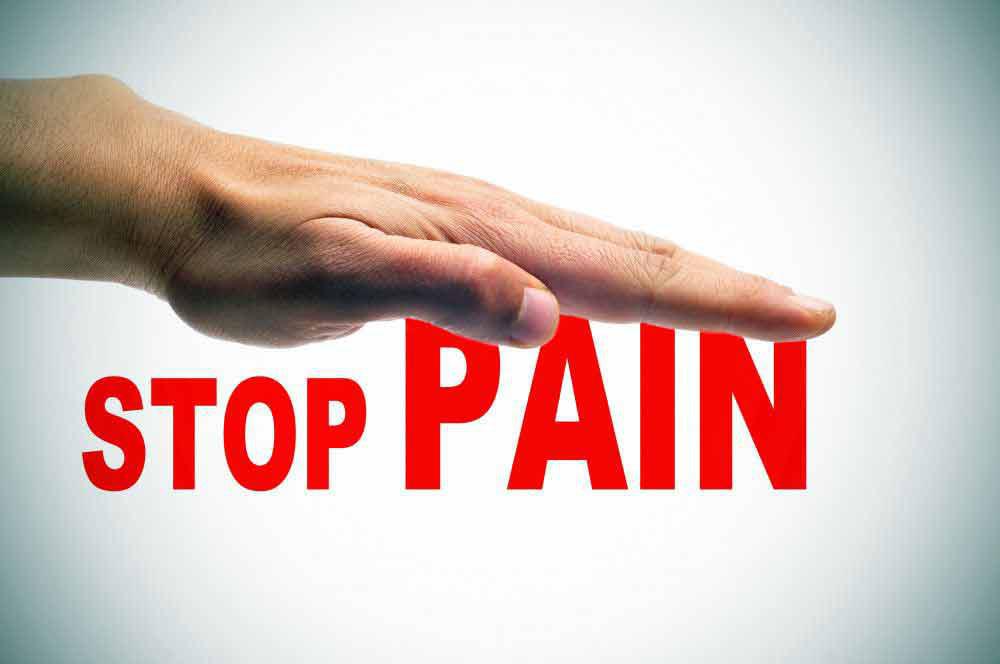Dr. Olatubi Olawale, a physiotherapist with expertise in sports medicine, explained what pain is and how to manage pain.
Pain according to Medlin Plus is a signal in your nervous system that something may be wrong. It is/ an unpleasant feeling, such as a prick, tingle, sting, burn, or ache. Pain may be sharp or dull. It may come and go, or it may be constant.

However, according to Dr. Olatubi Olawale, pain is an unpleasant feeling that you feel and pain is the body’s way of telling you something isn’t right.
Everybody? has a different feeling of pain. There are five common types of pain, but some pain can fit into more than one category, which is where the complication comes in.
- Acute pain.
- Chronic pain.
- Neuropathic pain.
- Nociceptive pain.
- Radicular pain.
Acute pain is the sudden effect of pain, a short-duration pain lasting from minutes to about three months.
Acute pain also tends to be related to a soft-tissue injury or a temporary illness, so it typically subsides after the injury heals or the illness subsides.
However Acute pain from an injury may evolve into chronic pain if the injury doesn’t heal correctly or if the pain signals malfunction.
Chronic pain is longer in duration. It can be constant or intermittent. Chronic pain is often due to a health condition, like arthritis, fibromyalgia, or a spine condition.
For example, headaches can be considered chronic pain when they continue over many months or years.
Neuropathic pain is due to damage to the nerves or other parts of the nervous system.
It is often described as shooting, stabbing, or burning pain, or it feels like pins and needles. It can also affect sensitivity to touch and can make someone have difficulty feeling hot or cold sensations.
Nociceptive pain is a type of pain caused by damage to body tissue. People often describe it as being a sharp, achy, or throbbing pain. It’s often caused by an external injury.
This type of pain is often experienced in the joints, muscles, skin, tendons, and bones. It can be both acute and chronic.
Radicular pain is a very specific type of pain that can occur when the spinal nerve gets compressed or inflamed.
It radiates from the back and hip into the leg(s) by way of the spine and spinal nerve root. People who have radicular pain may experience tingling, numbness, and muscle weakness.
Here are eight techniques to control and reduce your pain that don’t require an invasive procedure or even taking a pill.
- Cold and heat
- Exercise
- Physical therapy and occupational therapy
- Mind-body techniques
- Yoga and tai chi.
- Biofeedback. This technique involves learning relaxation and breathing exercises with the help of a biofeedback machine, which turns data on physiological functions.
- Music therapy.


















